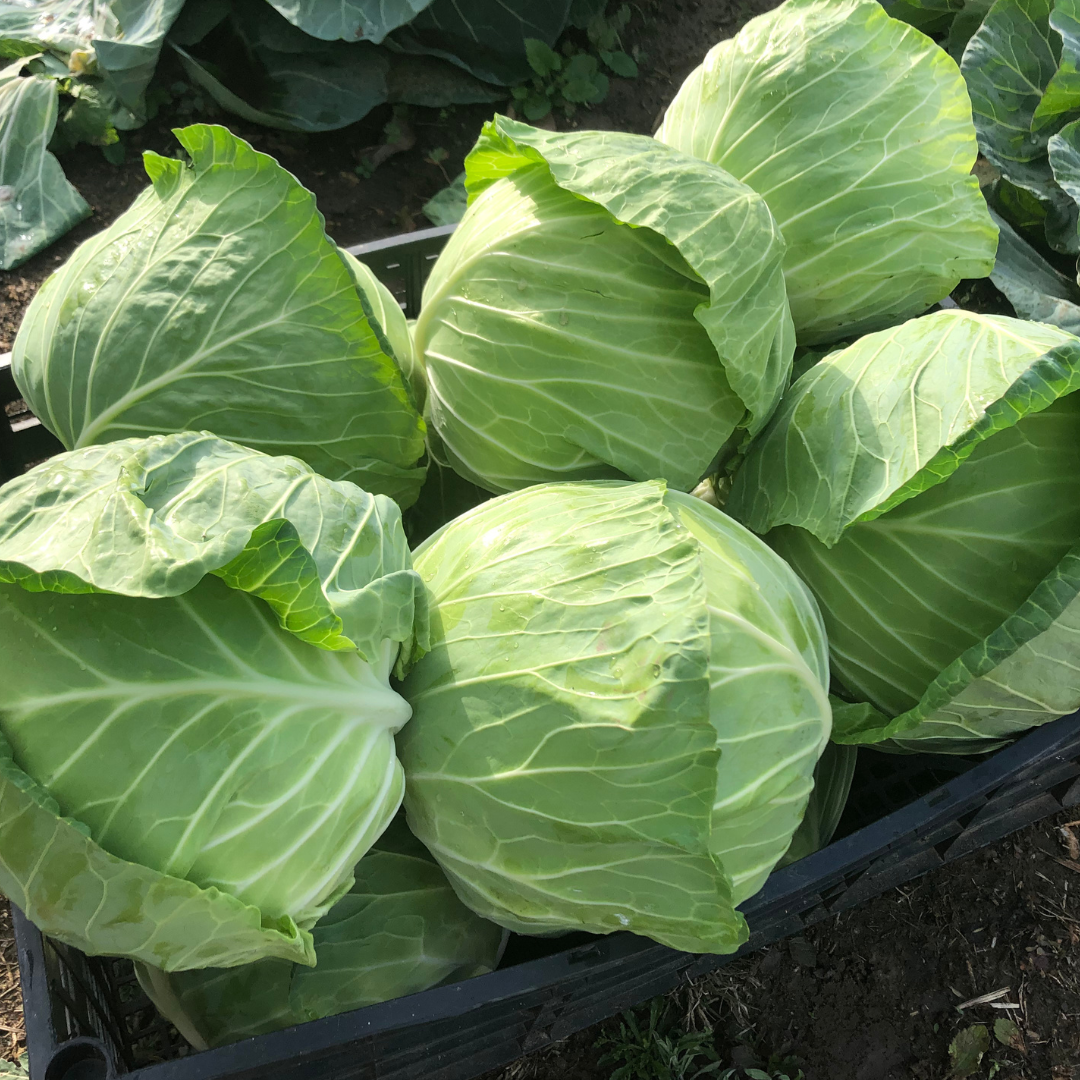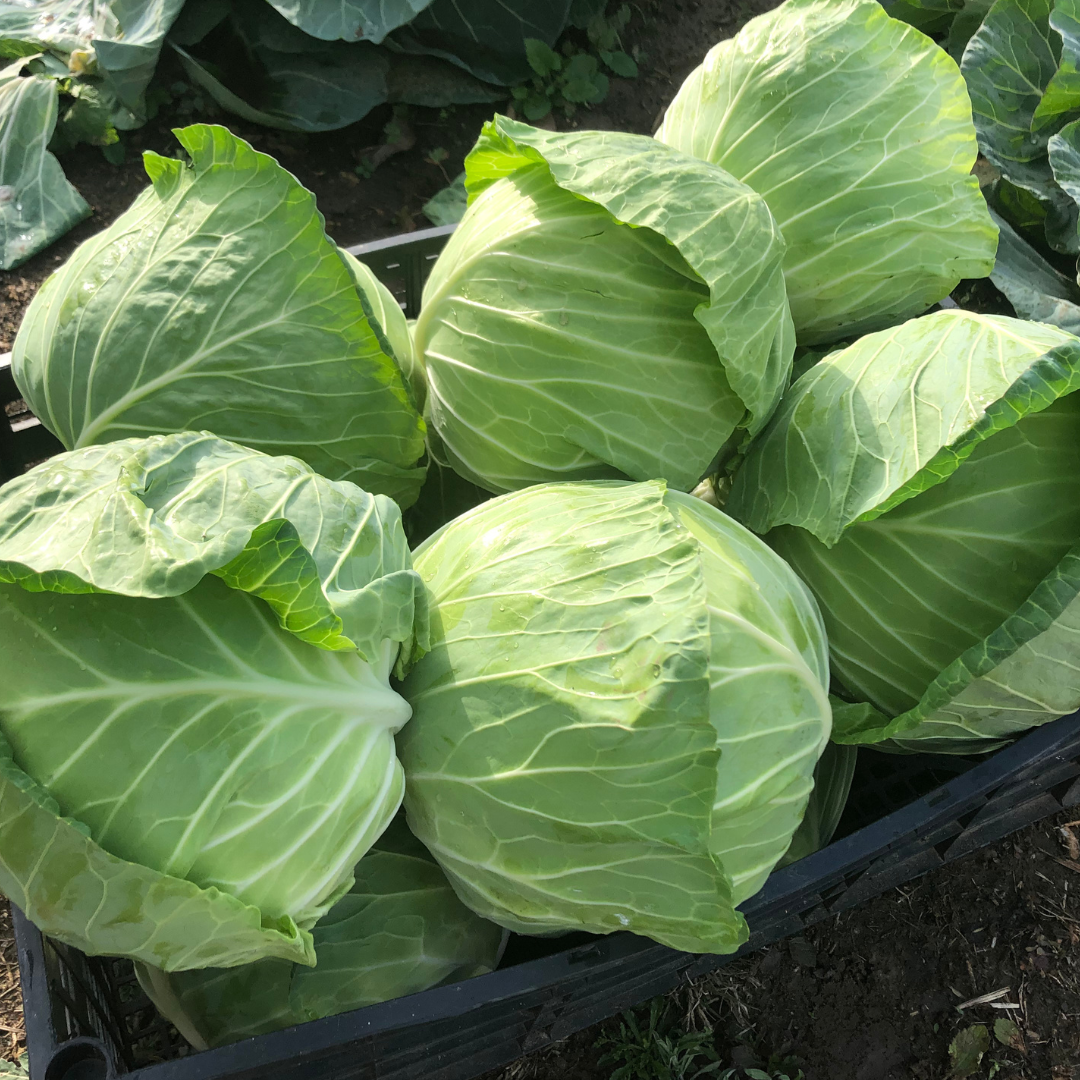Braveheart Cabbage Seed
Braveheart Cabbage Seed
Couldn't load pickup availability
Seed Type
Seed Type
F1 Hybrid (Untreated)
Seeds Per Pack
Seeds Per Pack
50
Days to Maturity
Days to Maturity
85
Disease Resistance
Disease Resistance

Why Grow Braveheart Cabbage?
Dense, Well-formed Heads When it comes to fresh cabbage for cooking or homemade slaw, Braveheart Cabbage is a variety that truly delivers on flavor, quality, and reliability. Known for its sweet, mild, and juicy taste, Braveheart produces dense, well-formed heads with a short core and an attractive internal structure that makes it easy to slice and prepare. Its crisp texture and balanced flavor make it ideal for coleslaw, fresh salads, or cooking in your favorite cabbage dishes.
Excellent Eating Quality One of Braveheart's standout qualities is its strong resistance to black rot giving gardeners and growers confidence in producing healthy market-ready heads even challenging conditions. The heads themselves are highly uniform their size can vary from pounds depending on plant spacing making this variety versatile for different garden or farm setups. Braveheart’s combination of dependable field performance and excellent eating quality makes it a favorite among both home gardeners and market growers. With dense heads that hold well and deliver consistent results, it’s a cabbage you can count on from seed to harvest.
Braveheart Cabbage Growing Tips
• When to Plant Cabbage
Cabbage is a "cool season" vegetable that grows best in the fall and early spring months. Cabbage should be transplanted as opposed to being directly seeded in the backyard garden. Plant seeds indoors or in a greenhouse 4-6 weeks before your intended in-ground planting date.
Cabbage transplants should be planted outdoors once they have a well-established root ball in their seed starting containers. Aim to put your transplants in the ground in the late summer months for a fall planting or in the late winter months for a spring planting.
Cabbage plants should be planted at least 1 foot apart along your garden rows. If growing cabbage in raised beds or containers using the square foot gardening method, give each plant approximately 1' of space for best results.
• How to Fertilize Cabbage
It's always a good idea to apply some pre-plant fertilizer to the soil prior to planting cabbage transplants. We like to sprinkle Coop Gro organic fertilizer on our raised beds or along our rows prior to planting. This ensures the plants have the right nutrients to put down roots in their new soil.
Cabbage is considered a "heavy-feeder," which means it will respond well to additional fertilizations as it grows. To grow large heads of cabbage, you'll want to feed it with a nitrogen-based fertilizer several times throughout the growth cycle.
Once your cabbage transplants start to grow, feed them every 3-4 weeks with a high-nitrogen fertilizer -- something like a 13-0-0 or higher will usually suffice. You can also incorporate chicken manure or other animal manure into the soil a few weeks before planting. This will also provide lots of nitrogen to make large heads of cabbage.
*To learn more about how to fertilize certain cool season vegetables, watch this video.
• When to Harvest Cabbage
Cabbage should be harvested once the plants form a compact head of cabbage where the leaves are tightly wound in a large ball. When grown in the fall and winter months, cabbage tends to hold really well. This gives you a longer harvesting window, allowing you to cut heads of cabbage as you need them.
When growing cabbage in the spring months, the harvesting window will be shortened as temperatures are warming. Cabbage may be prone to bolt or split with sudden warming in the late spring and summer months.. As a result, you may need to harvest heads as soon as they're large and ready.

